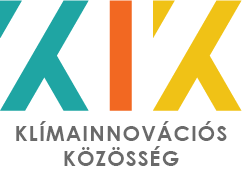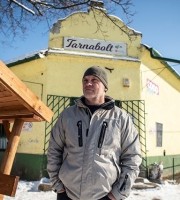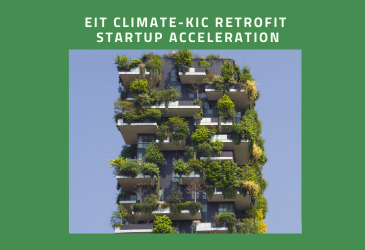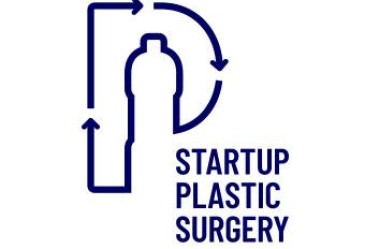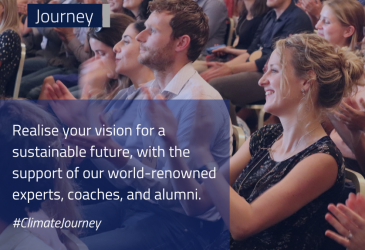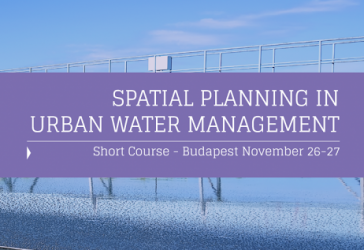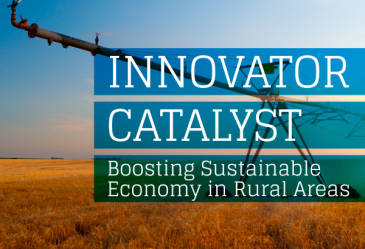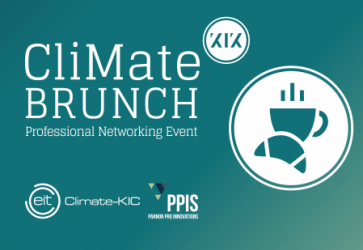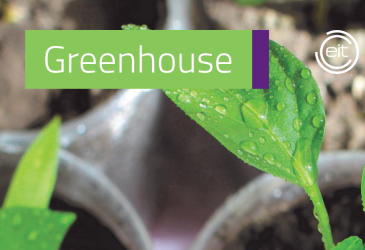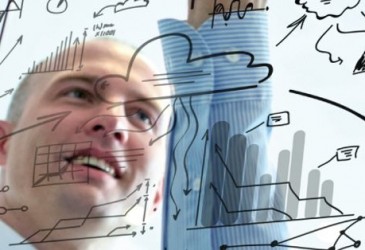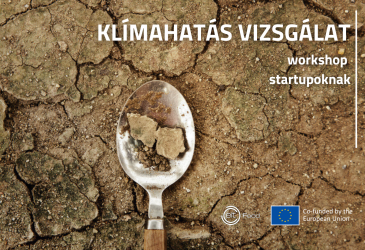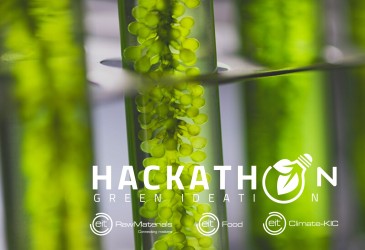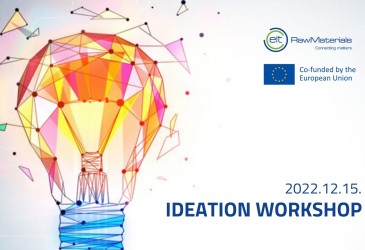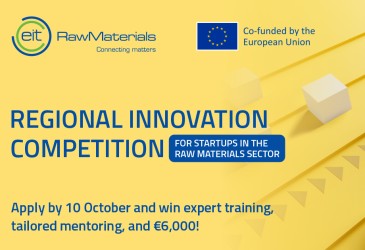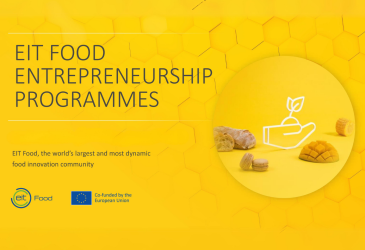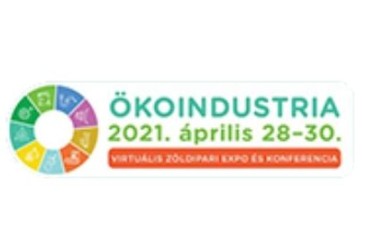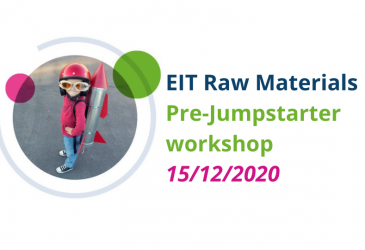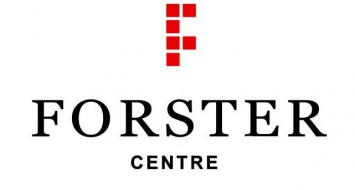
Forster Gyula Nemzeti Örökségvédelmi és Vagyongazdálkodási Központ
A Forster Központ névadója, báró Forster Gyula (1846-1932) jogász, művészeti író, a Műemlékek Országos Bizottságának elnökeként jelentős szerepet vállalt műemlékeink helyreállításában és megmentésében.
A Miniszterelnökség kiemelt háttérintézményeként működő Forster Központ egyik legfontosabb feladata a vagyonkezelésében álló állami tulajdonú épített örökségi értékek fenntartása, fejlesztése, hasznosítása és üzemeltetése. A Központ a határon túli magyar vonatkozású műemlékek dokumentálására, védelmére és helyreállítására vonatkozó teendőket is ellátja. Szerepet vállal szakszerű kezelésükben, és arra törekszik, hogy a kulturális örökség védelme összetartó erőként működjön Magyarország és a szomszédos országok között.
A Forster Központ 2014 óta fogad szakértőket a PiP programban. 2014 őszén Luisa Morais Ferreira-val működtek együtt a program keretében. Az intézettel Luisa kapcsán készült interjúnkat ajánljuk figyelmetekbe.
How did Luisa's placement help the work of the Forster Centre?
The interaction between the heritage experts and art historians of Forster Centre and Luisa was very fruitful. We held several group discussions and one-on-one meetings to learn about her expertise. It was useful to consider some of the environmental design ideas Luisa proposed regarding the Balatoncsicsó Parish House project. The language barrier caused some difficulties, as all the documentation and art history research were available only in Hungarian and as such only oral summaries could be provided for Luisa, preventing her from receiving a complete picture of the project background. We tried our best to submit the necessary information to her in English both about the project and the regulatory framework in Hungary. Luckily the drawings speak a universal language.
How has her involvement changed how your organisation approaches sustainability?
Although the placement was not sufficient both in time and depth for significantly altering the organization's approach to sustainability, it was useful to receive Luisa's general views on environmental concerns and her specific ideas on heating and insulation in the Balatoncsicsó project.
Do you have any other examples of impacts that Luisa made during her placement?
Having an international expert on board was good to get a "fresh eye" on our practices and broaden our views on some design choices. It also initiated discussions about energy efficiency in historic buildings within the project group.
How do you hope to continue links with Luisa in the future?
It would be great to stay in touch with her and continue with another arrangement or cooperation agreement with her future institution focusing on improving energy efficiency of historic buildings.
